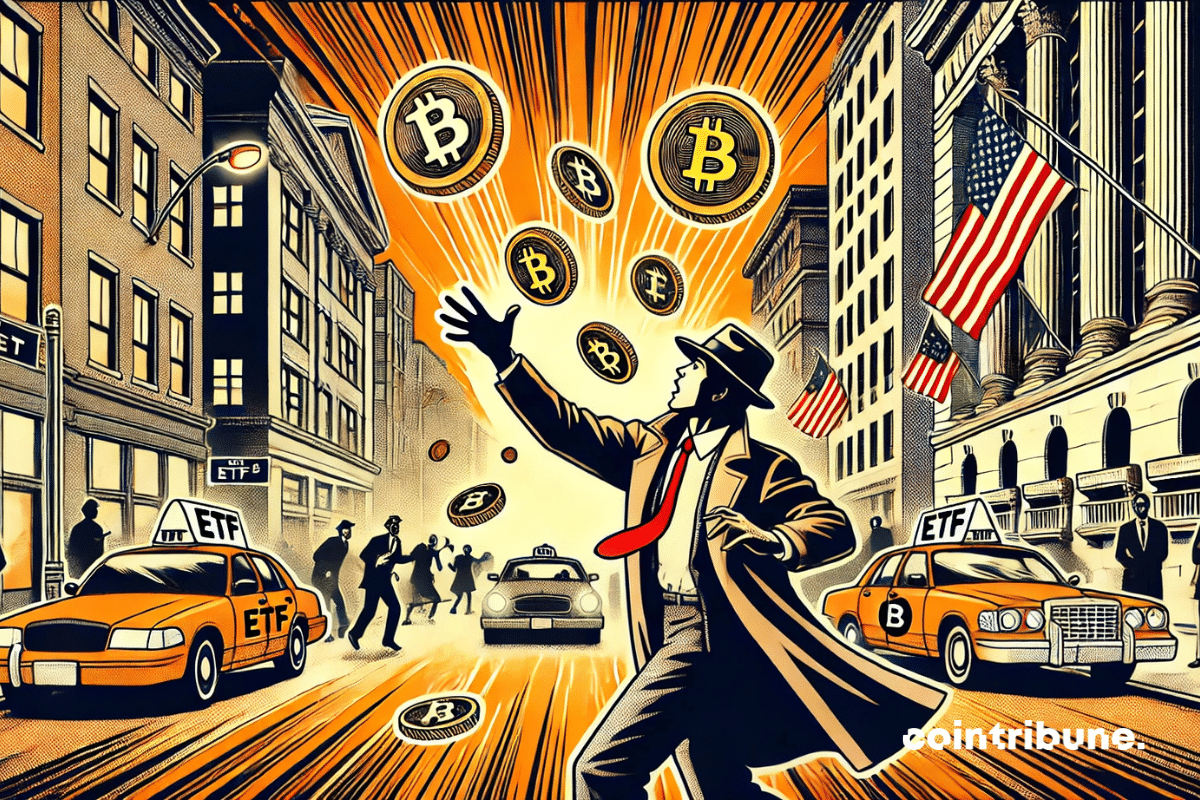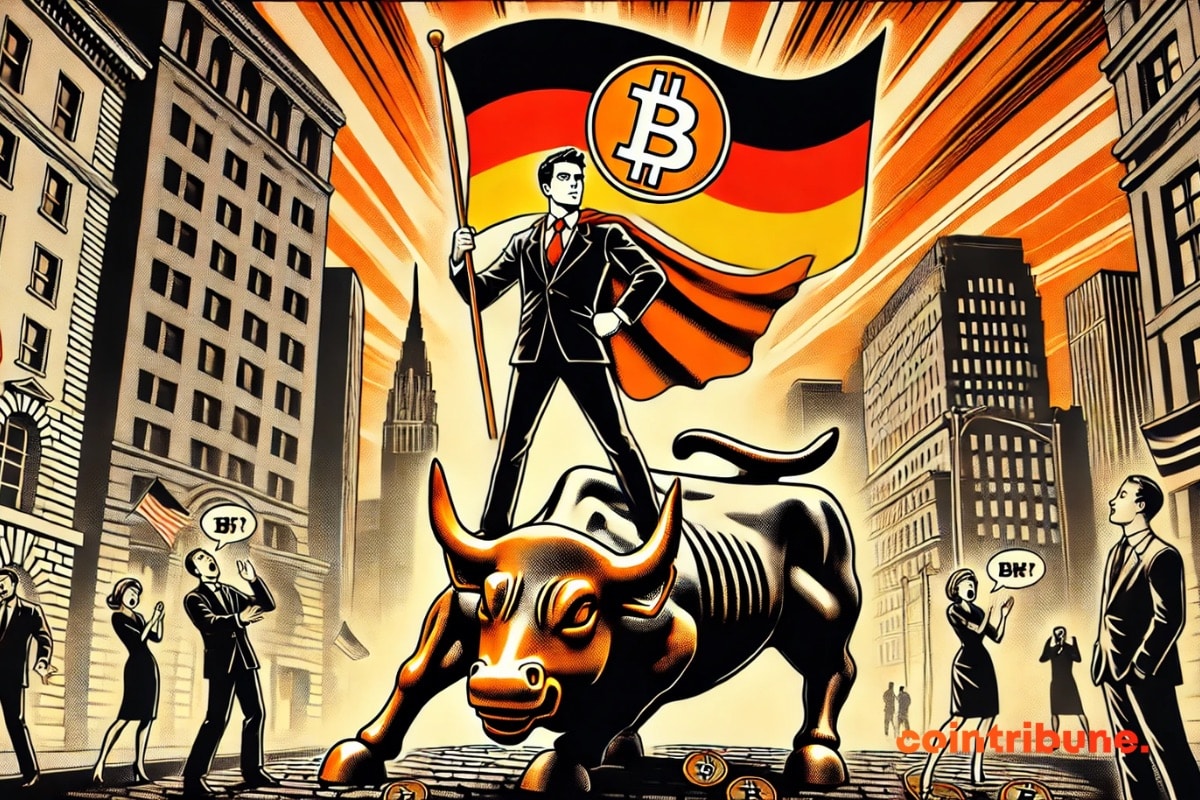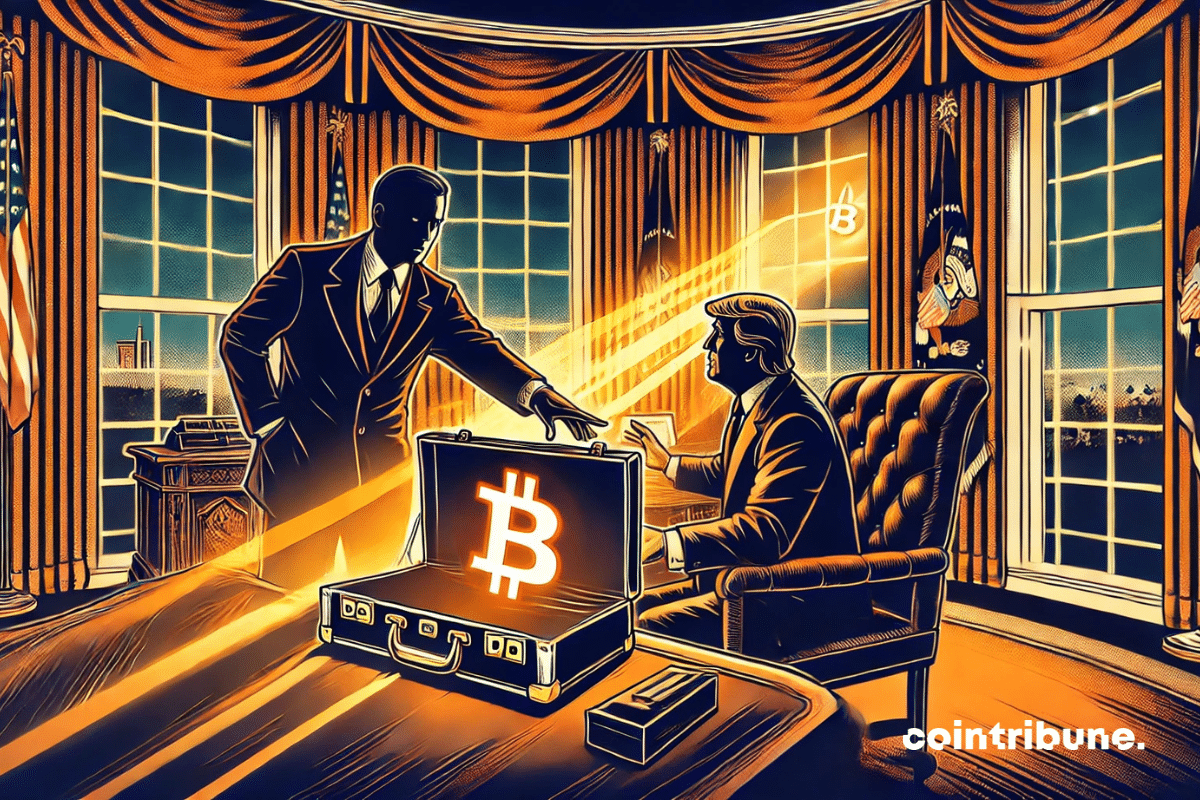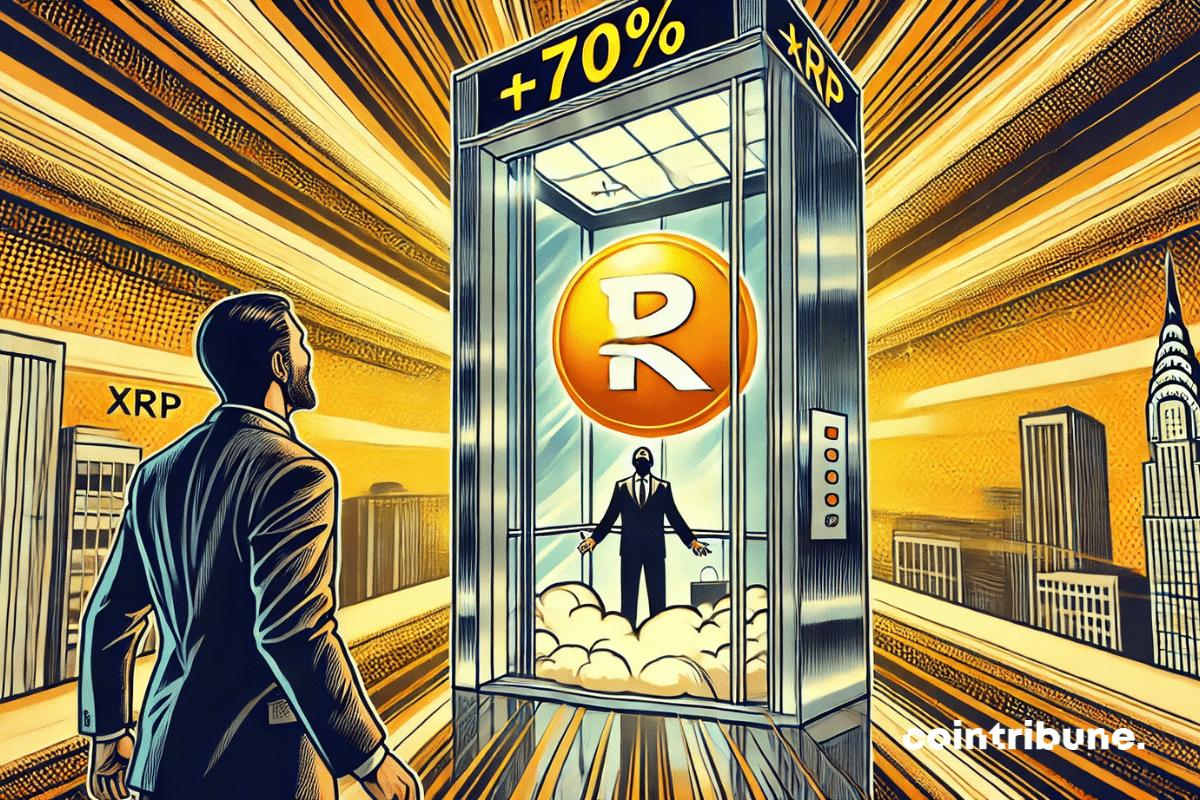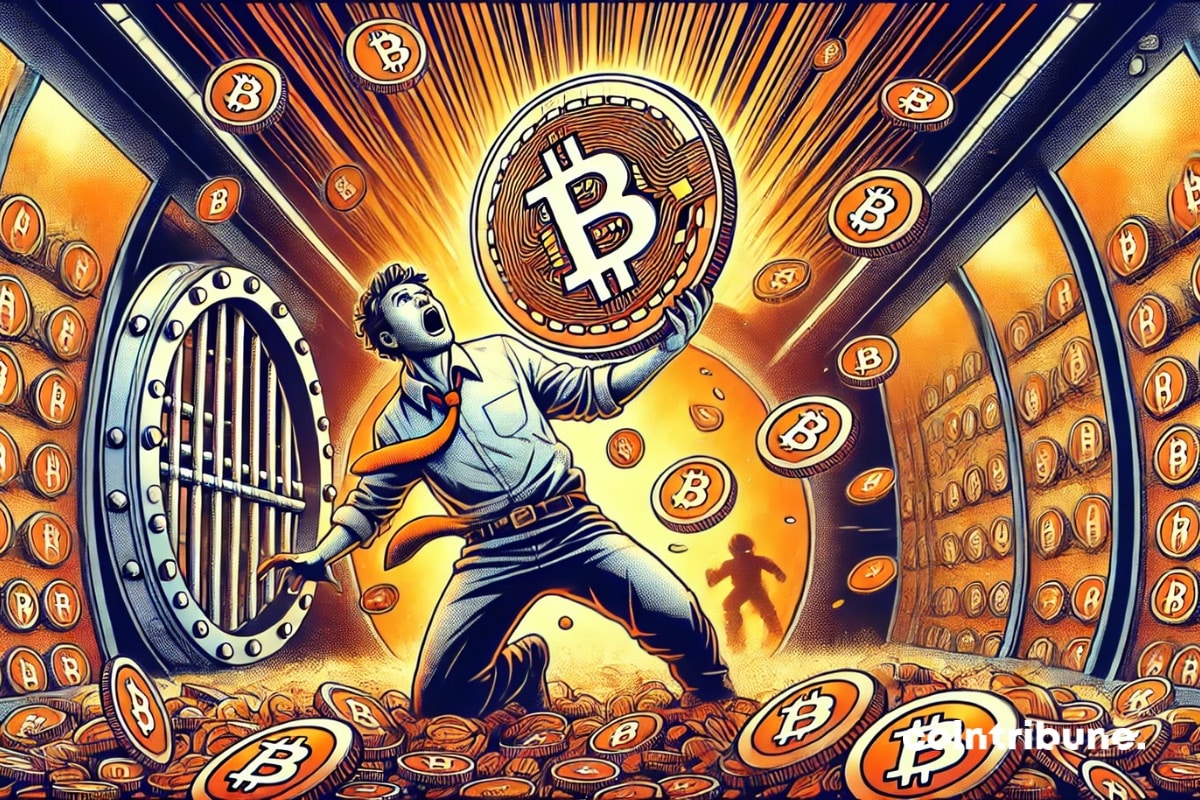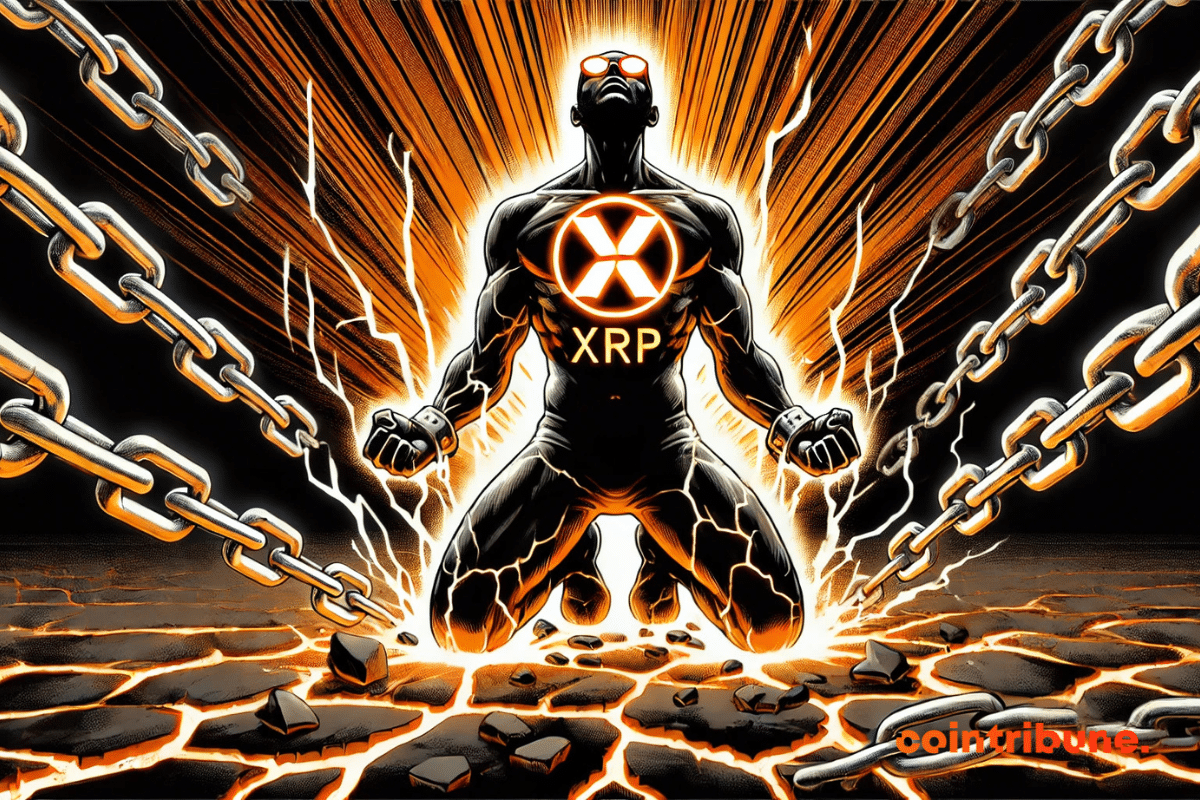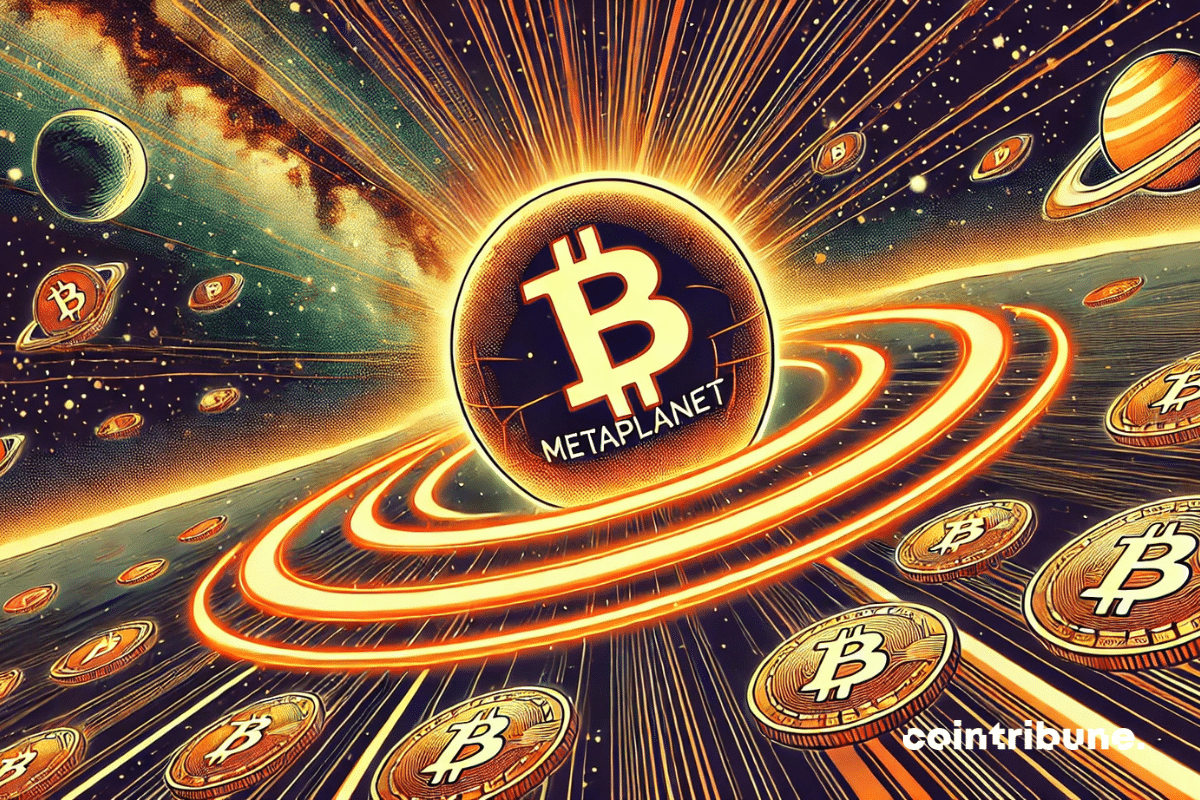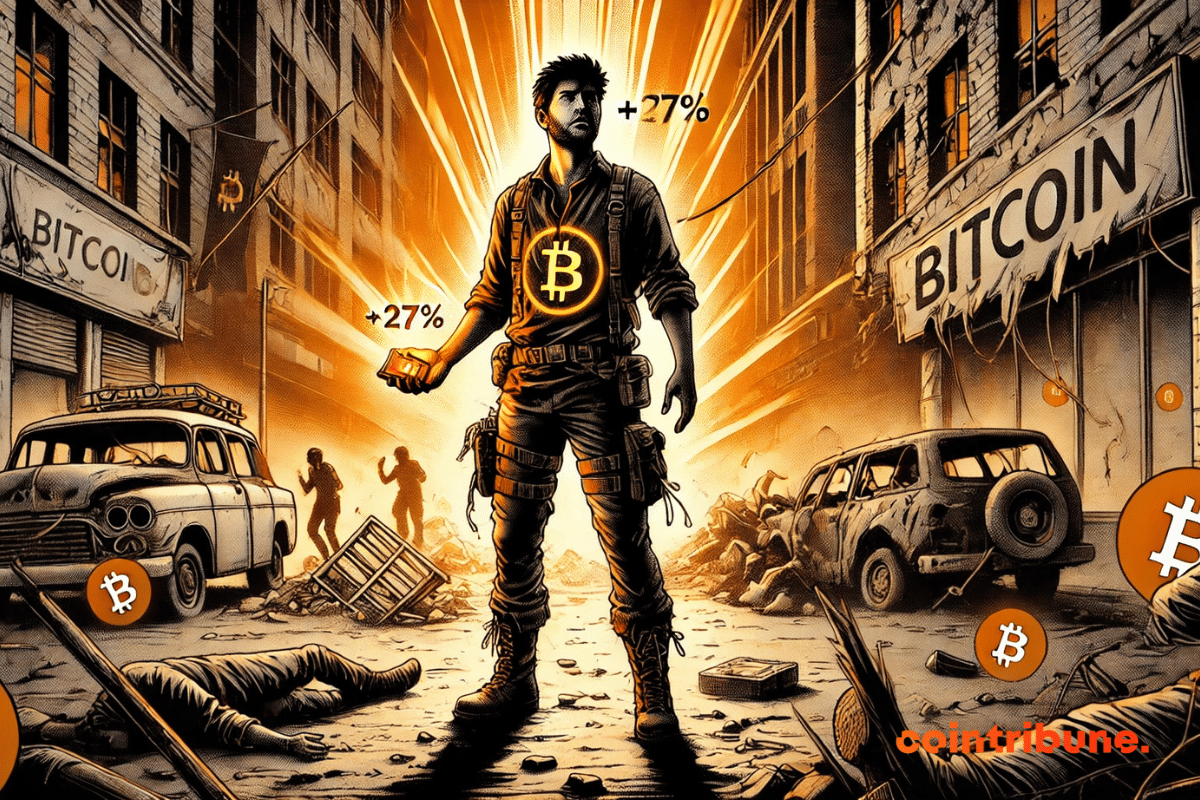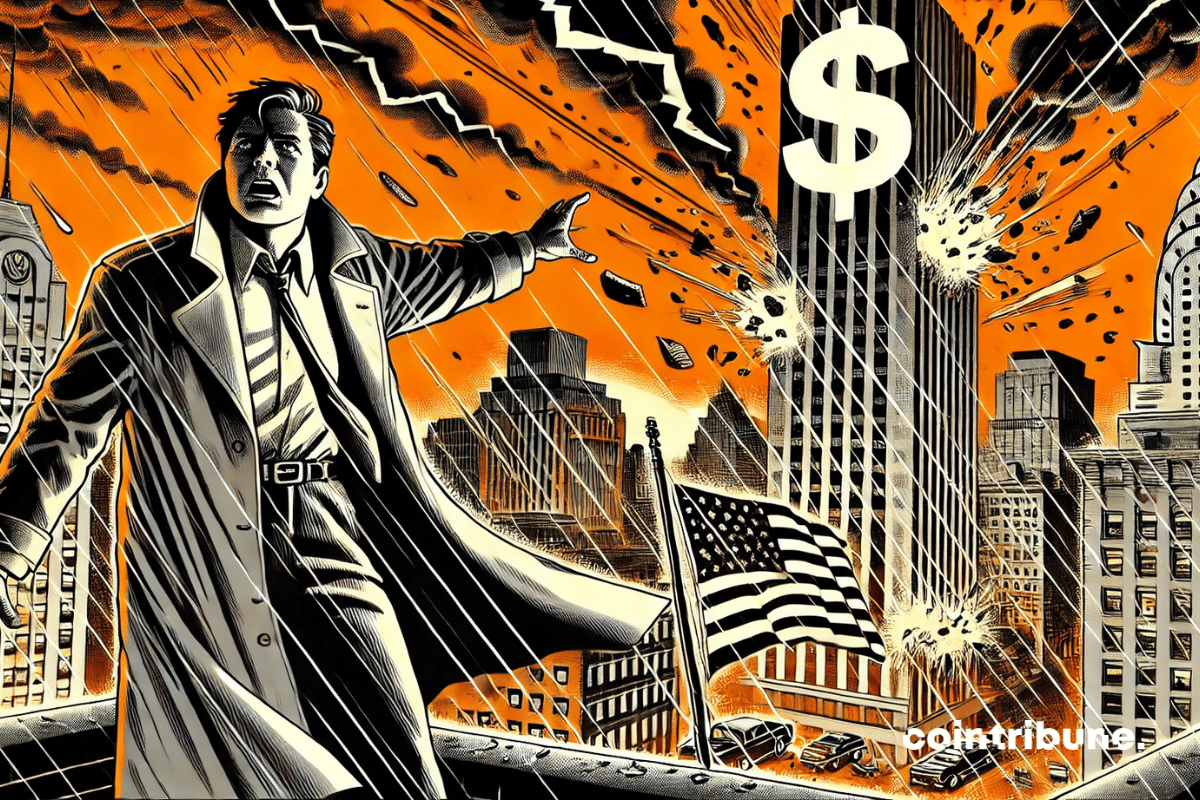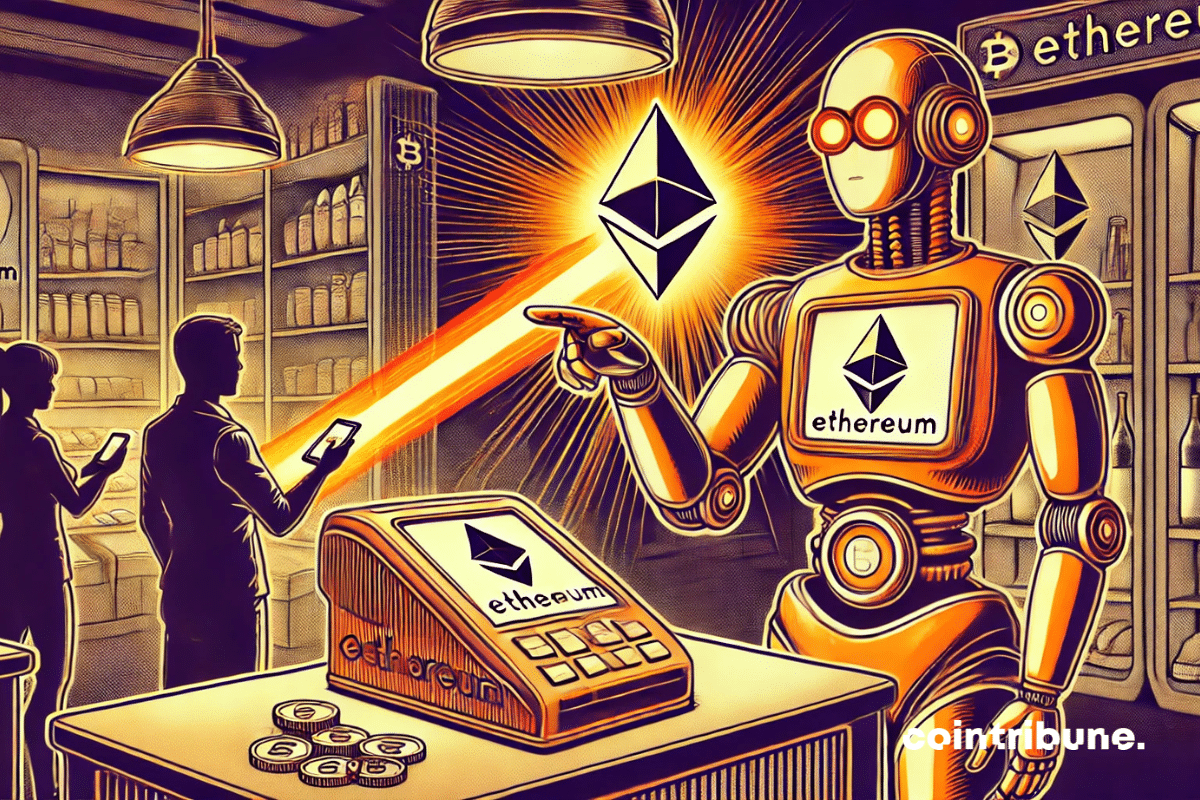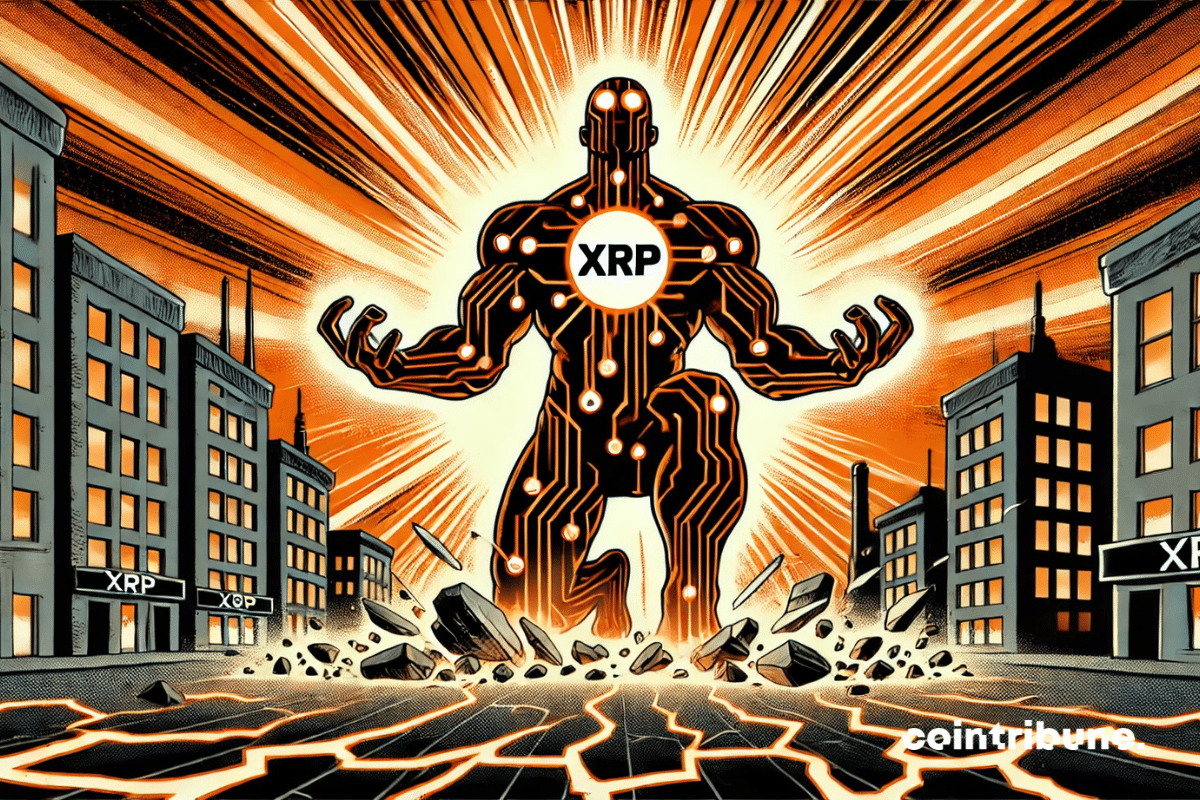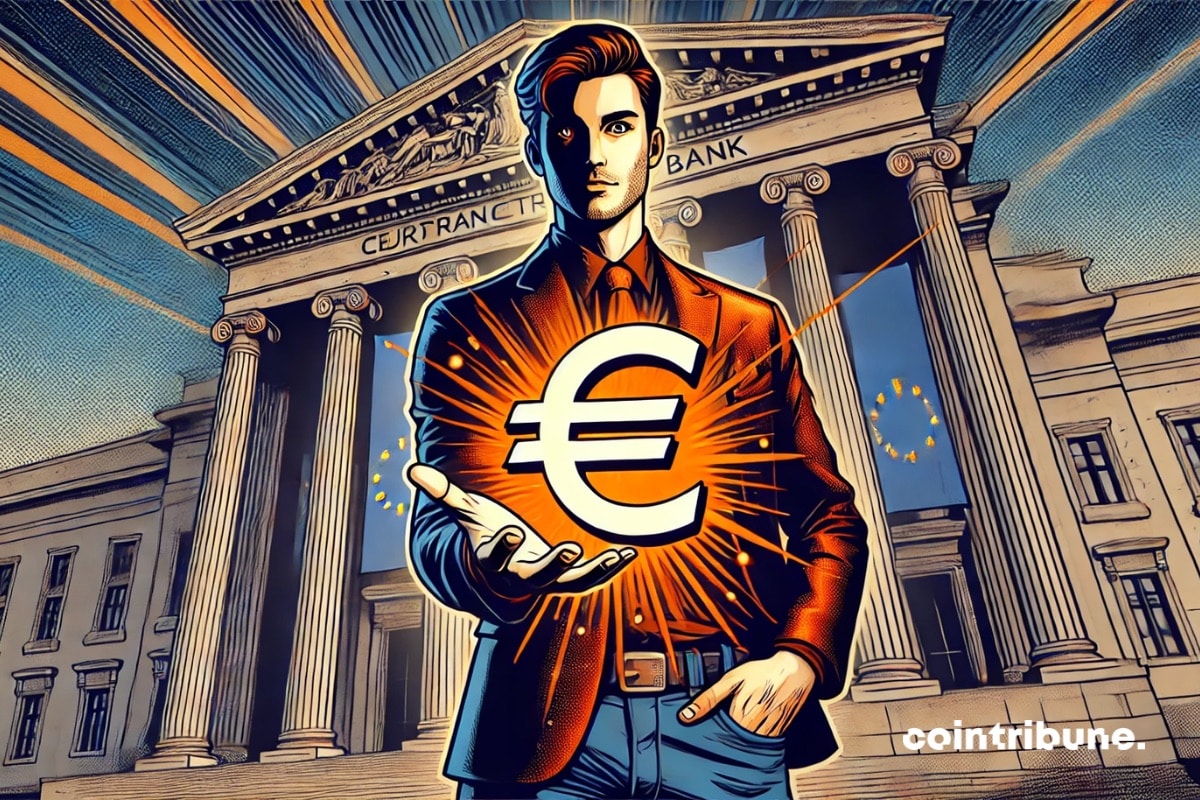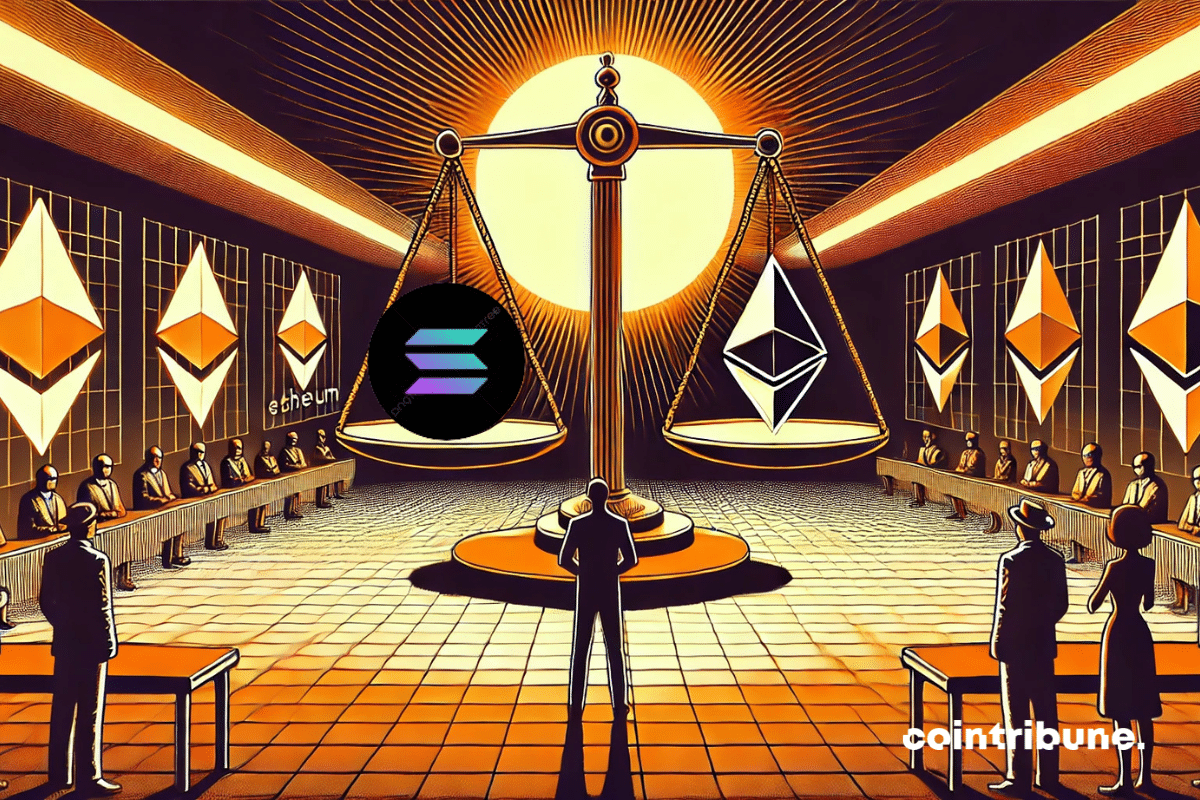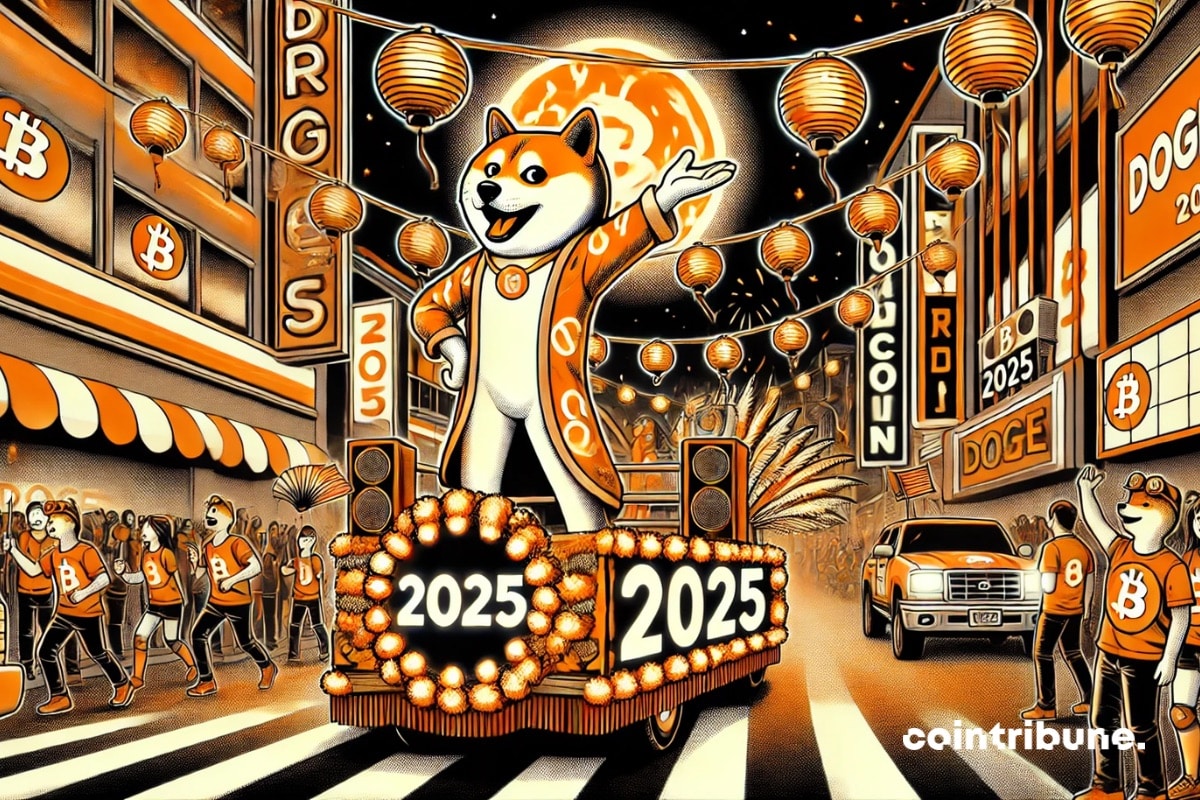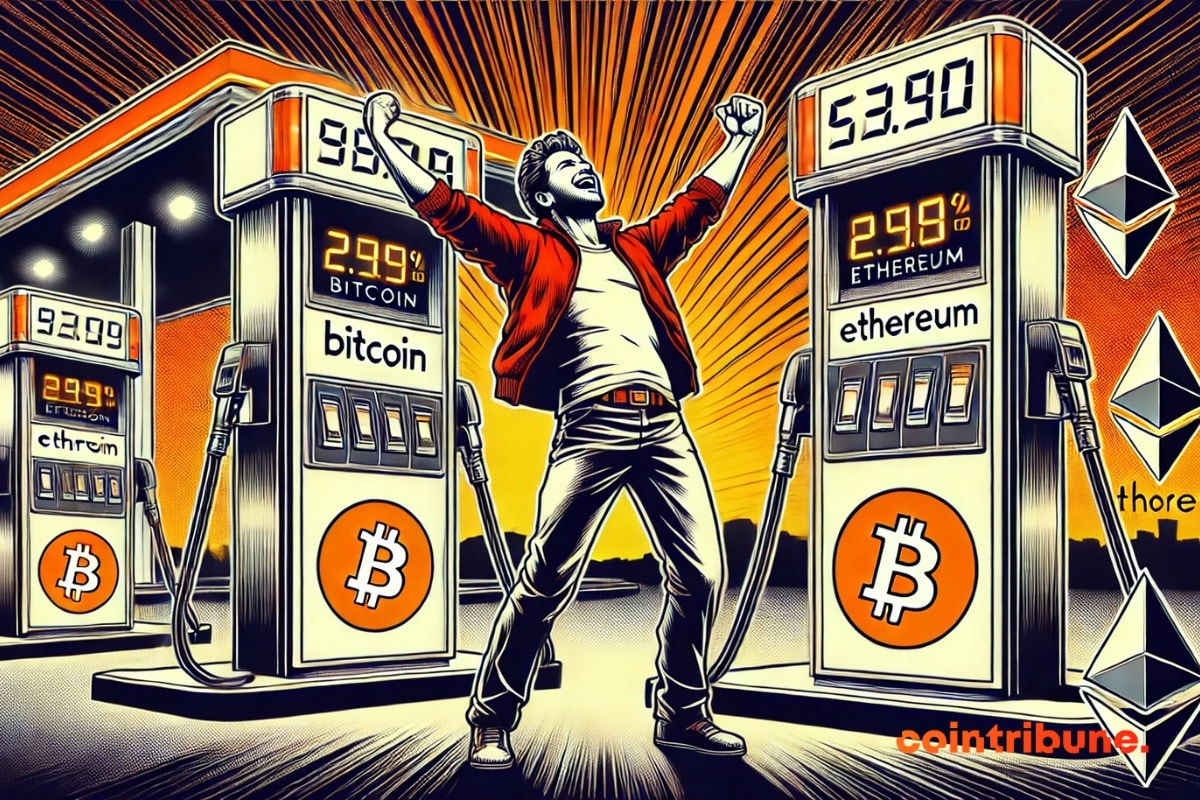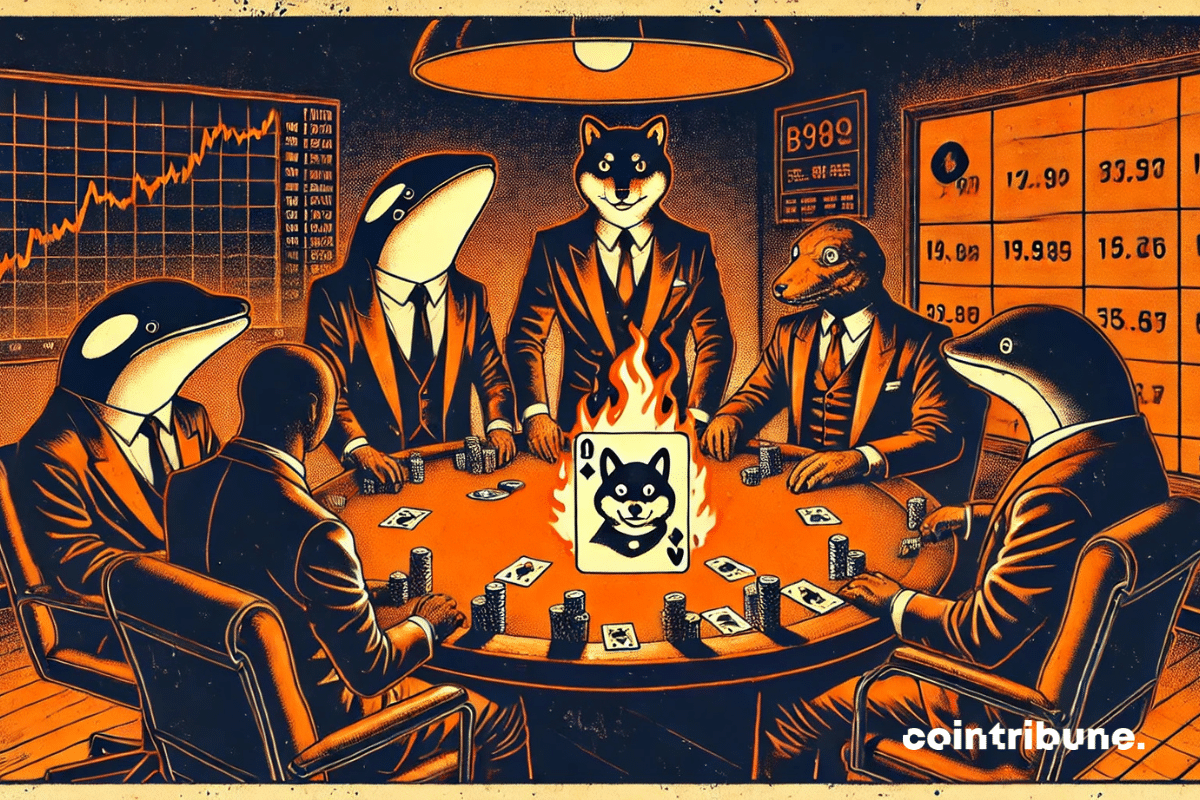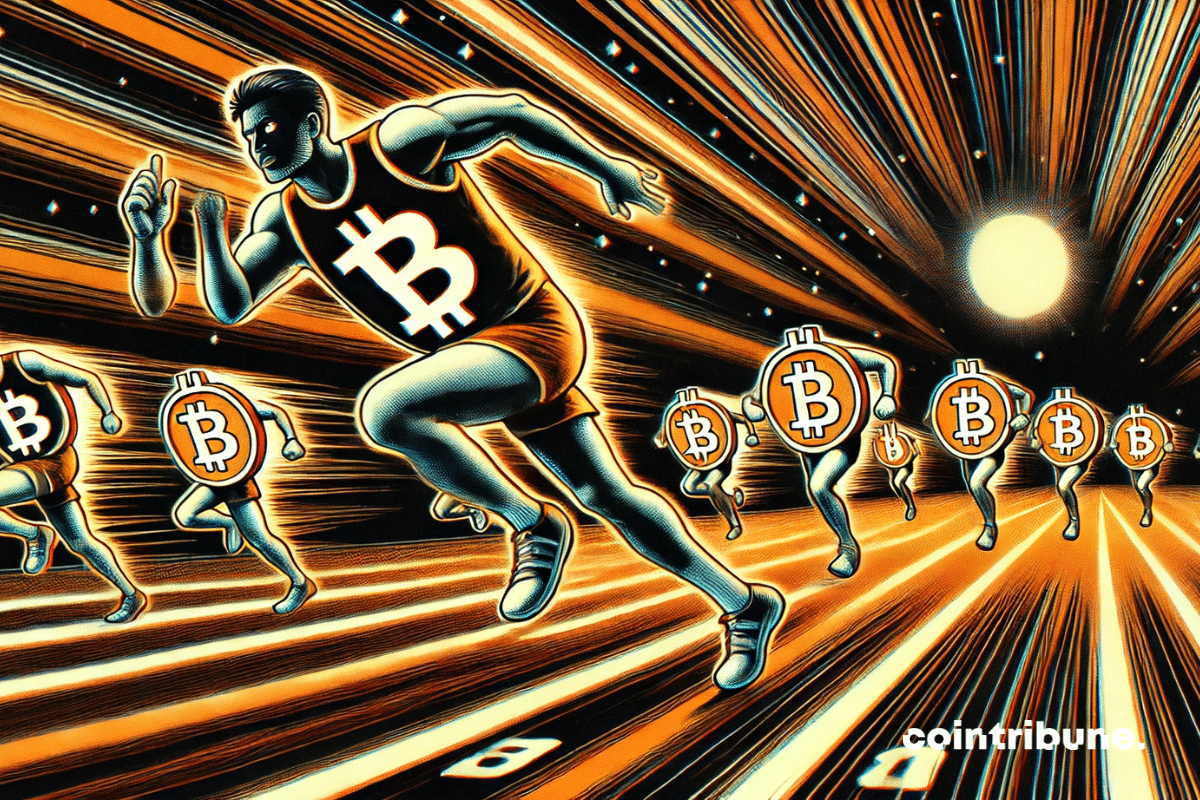Bitcoin ETFs based in the United States have recorded their largest daily inflows since January, as the crypto market regains its strength after a tough period.
Getting informed
What if saying "thank you" to an artificial intelligence cost millions? Sam Altman, CEO of OpenAI, reveals that polite phrases in requests made to ChatGPT weigh heavily on operational costs. Behind these seemingly innocuous human interactions lies an unexpected tension between friendliness and technical performance. This paradox raises critical questions about the design of AIs, their everyday uses, and the economic sustainability of an expanding model.
The tide is turning for traditional banks. According to a recent report, Deutsche Bank and Standard Chartered are currently exploring expansion opportunities in the crypto sector in the United States. This information, although not confirmed by those involved, is set against a backdrop of rapid transformation of the American regulatory environment, increasingly favorable to digital assets.
In January 2025, the crypto industry made massive donations to Trump's investment fund. A month later, the SEC miraculously dropped its lawsuits against those same donors. Coincidence or monetized political influence? The line between financial support and regulatory favoritism has never seemed so blurred.
Under pressure for several months, XRP is back on the market's radar. After a 40% decline from its peak of $3.40, the asset may be about to undergo a strategic turning point. Coinbase has just received the green light from the CFTC to launch XRP futures contracts, paving the way for a new phase of institutional legitimacy. In an environment where every technical or regulatory signal can tip the scales, this announcement re-ignites attention on this cryptocurrency.
The possible removal of the 10% tax allowance on retirement pensions is stirring public debate. Announced in a government note, the measure is as concerning as it is divisive. What was once just a budgetary avenue has now become a strong social marker, crystallizing tensions around taxation and the treatment of retirees. In a pressured economic climate, this potential reform raises a central question: how far can the State go without breaking the balance between generations?
As Bitcoin hovers around 85,000 dollars, Strategy, the company led by Michael Saylor, continues its ambitious accumulation strategy. In one week, the company invested over 550 million dollars to bolster its already colossal position in the queen of cryptos.
As the crypto market undergoes a phase of consolidation, major bitcoin holders – commonly referred to as "whales" – are significantly strengthening their positions, constituting one of the many bullish signals emerging at the end of April 2025.
Russia, an influential member of the BRICS bloc, has just crossed a historic monetary milestone: in February, more than half of its imports were settled in rubles. This strategic advancement, confirmed by the Central Bank, is part of a clear break with the dollar-dominated system. As tensions with the West escalate, Moscow is redirecting its trade towards partners deemed "friendly," thus redefining global financial balances and accelerating its trajectory towards strengthened economic autonomy.
XRP is about to emerge from its slumber. An extreme tightening of the Bollinger Bands alerts analysts: a volatility explosion is coming. The question remains in which direction.
While Wall Street stutters, Metaplanet, the crypto-yen samurai, stacks bitcoins like others stack Treasury bonds. Michael Saylor applauds. The Fed coughs in its corner.
Bitcoin surpasses 87,000 dollars again, dragging along altcoins BNB, SOL, and XRP. This bullish movement rekindles debates about its status as a safe haven asset, amid a backdrop of global economic instability.
Bitcoin is currently navigating through troubled waters. Below the symbolic threshold of $90,000, the landscape turns red for recent holders, while crypto veterans stay the course. Between technical corrections and discreet accumulation by institutions, the market sketches a complex map: that of a fragile balance between latent losses and tenacious confidence. A dive into the meanders of an asset that refuses to yield to fatalism, despite the storms.
While Trump plays the customs officer, Tesla wavers, Alphabet holds firm, and Wall Street takes on water. The markets, on the other hand, brace for the next presidential tweet.
Bitcoin is regaining strength by surpassing $87,000, marking its strongest increase since the end of March. This rise comes in an uncertain economic context, where gold and BTC are aligning as safe-haven assets against a weakened dollar. Is a bullish breakout underway?
Michael Saylor and his company Strategy continue their offensive on bitcoin. While the company reports more than $9 billion in unrealized gains, its founder hints at a new massive purchase. A strategy that could, according to some analysts, propel BTC up to $300,000.
As the bank failures of 2023 continue to shake the markets, economist Peter Schiff is fueling fears of a total collapse of the American financial system. Known for his attachment to gold, he warns that a recession of historic proportions is underway and that all banks are destined to fall. Thus, this radical diagnosis, issued in an already tense context, reignites the debate over the strength of financial institutions and the viability of economic policies pursued since the 2008 crisis.
According to a recent analysis by Binance Research, the upcoming Ethereum upgrades, Pectra and Fusaka, could redefine the network's capabilities in terms of scalability and crypto payments.
In the volatile arena of cryptocurrencies, where every signal can sway the market, XRP is drawing the spotlight. While volumes are dwindling, its technical indicators show a bullish turn. The imminent formation of a golden cross could kick off a rally as early as July, providing a counterpoint to current trends. In a context of widespread caution, this setup is capturing the attention of traders seeking confirmation.
The digital euro, a future digital currency issued by the European Central Bank, is set to profoundly transform the European monetary landscape. According to the ECB, this CBDC could replace up to 50% of banknotes in circulation and significantly impact bank deposits! Thus marking a strategic turning point for Europe in the face of digital assets.
Against a backdrop of techno, Cardano injects social elements: a Constitution engraved in the blockchain, global votes, and a dream of equality signed by Hoskinson. The gentle revolution is underway... decentralized.
Hayden Adams, founder of Uniswap, believes that Solana is currently the best blockchain to scale decentralized finance (DeFi) at the layer 1 level. This stance reignites the debate on the limitations of Ethereum's modular model.
On April 20, 2025, Dogecoin holders celebrate the now traditional Doge Day, a festive day born in 2021 alongside the global cannabis day. While the DOGE community remains as enthusiastic as ever, a major event could soon redefine the landscape of this iconic crypto: the possible approval of a Dogecoin ETF by the U.S. SEC.
Peter Brandt's explosive prediction about Ethereum (ETH) has electrified the crypto community. This veteran trader, whose career spans five decades, anticipates a collapse in the price to around $800, a level unseen since 2022. While ETH struggles to stabilize above $1,600, this warning reignites debates about the uncertain future of the second-largest cryptocurrency. Between relentless technical analysis and the unwavering optimism of certain industry figures, the market is divided. But who is really right?
Bitcoin and Ethereum users can finally breathe easy: transaction costs on the two main blockchains have dropped by more than 90% compared to the previous year. This major change reflects a calming of network activity, but also a notable improvement in operational efficiency.
In the crypto world, the "unit bias" leads many investors to favor cheap altcoins over Bitcoin. According to Samson Mow, this mistaken perception distorts investment decisions and fuels an illusion of value. BTC dominance could thus explode far beyond forecasts!
Despite signs of sustained activity, Shiba Inu (SHIB) is sinking into a downward spiral of underperformance. Contrary to the rebound seen in other altcoins, the token shows a historically low profitability rate, revealing a deep imbalance in its market structure. The majority of wallets remain in the red, even as trading volumes explode. This stark contrast between apparent excitement and massive losses raises a simple question: what is really happening behind the numbers?
Bitcoin's dominance in the crypto market is approaching a historical resistance level that has previously triggered major reversals. According to a technical analysis published on TradingView, BTC's market share could collapse to 40% in the coming months, potentially paving the way for a new altcoin season.
In a world where information often blends with misinformation, Telegram, the encrypted messaging app, found itself at the center of an unprecedented controversy. While France claims to have forced the platform to comply with European regulations following the arrest of its founder, Pavel Durov turns the accusation around: according to him, it was the French authorities who delayed implementing the procedures stipulated by the EU. A rhetorical duel that reveals deeper tensions over the control of tech giants.
While the United States tightens its tariff arsenal, the rest of the world is organizing itself. Thus, the BRICS bloc attracts economies seeking strategic independence. Breaking away from the established monetary order, this alliance is reshaping trade routes and weakening the dollar's dominance. A silent but structural shift is underway.
